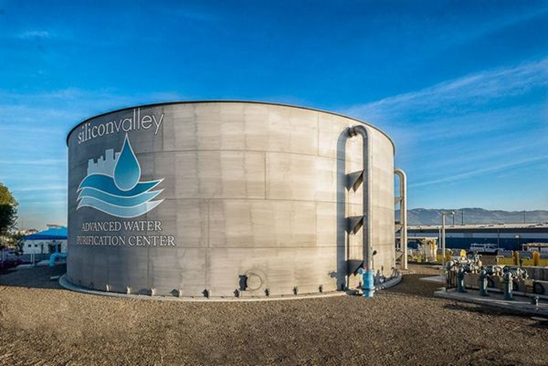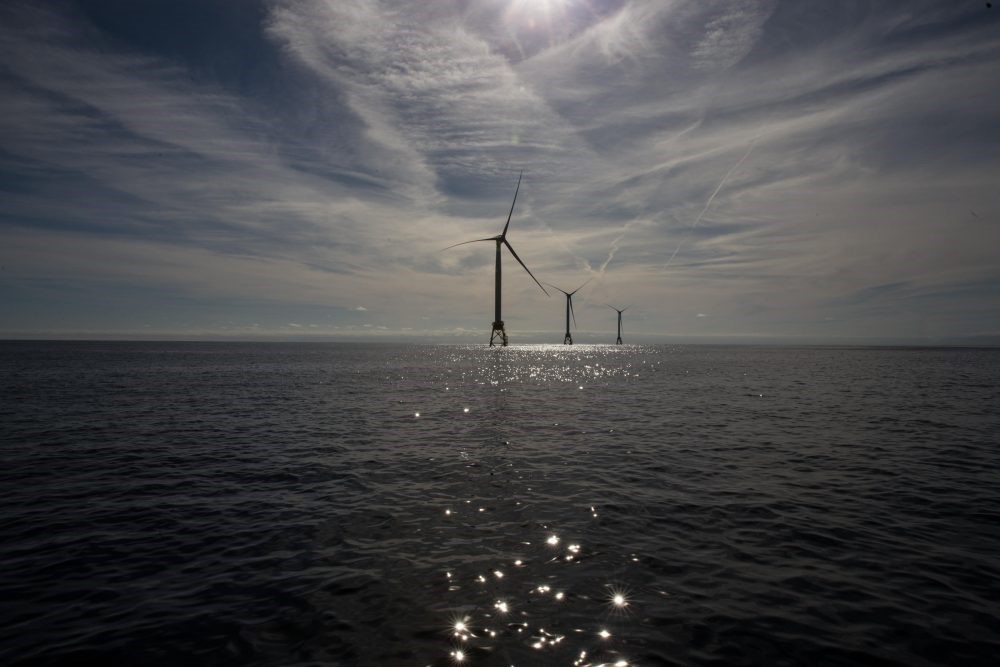Since the early 1990s, public agencies have increasingly turned to alternative delivery methods such as design build and construction management-at-risk for the design and construction of critical infrastructure projects. These innovative financing, design, and construction practices have frequently allowed federal, state, and local government entities to complete projects with greater efficiency and at a lower cost than the traditional design-bid-build process. In the early 2000s, the Federal Highway Administration conducted a Design-Build Effectiveness Study that concluded that the design build method delivered projects an average of 12% faster and at less cost than design-bid-build. In more recent studies, the Design Build Institute of America (DBIA) cites statistics from Penn State and the Construction Industry Institute that indicate that projects using the design-build method are on average delivered in about two thirds the time it normally takes using the design-bid-build approach, and at a significantly lower cost to the agency.

[The Santa Clara Valley Water District plans to expand the Silicon Valley Advanced Water Purification Center through an accelerated design build process (IMS 317418-2)]
Addressing the condition of the United States’ infrastructure emerged as a priority across party lines in the 2016 election, and the new administration has pledged to quickly allocate resources and construct projects that have been waiting for funding and federal approval. Rather than allocating funding through traditional federal grant mechanisms, the administration has indicated it will turn to the private sector for the financing and delivery of these projects. While plans are still in the works at the federal level, IMS is already tracking new projects in 2017 using innovative delivery methods. The Arizona Department of Transportation recently announced it is conducting studies to convert portions of its lighting system from High Pressure Sodium to Light Emitting Diode (LED), and may choose to deliver the project using a P3 delivery (383399). On a smaller scale, the City of Orange, Texas recently recently released a solicitation for a company to design, build, operate, and maintain a wastewater treatment plant for its population of 18,595 (380623). And in the energy sector we have seen recent P3 solicitations released for bioenergy facilities (383203) and wind turbines (371216) in California and throughout the country.
The use of public private partnerships started with highways and transit, but is clearly an emerging trend and priority in other areas of the built environment. With an estimated $3.6 trillion of investment needed by 2020, the calls for private investment in infrastructure projects are increasing. P3 delivery has been associated mainly with transportation and public transit projects, but is increasingly being called for to construct other critical facilities ranging from a Water Reclamation Facility in Los Angeles (370255) to a new onsite childcare facility for Texas Tech University (373264). In New England states such as Connecticut, Rhode Island, and Massachusetts, discussions are underway on the use of public private partnerships for offshore wind energy projects to meet increasing energy demands in the region. In the upcoming months, conferences are being held around the Country to discuss opportunities and strategies for P3 agreements in diverse sectors of government spending, including water infrastructure, information networks, and airport facilities.

[Offshore wind energy projects are currently being developed through P3 agreements off the coasts of New England States.]

